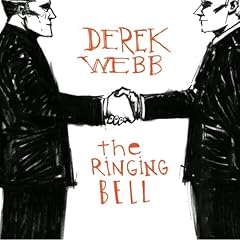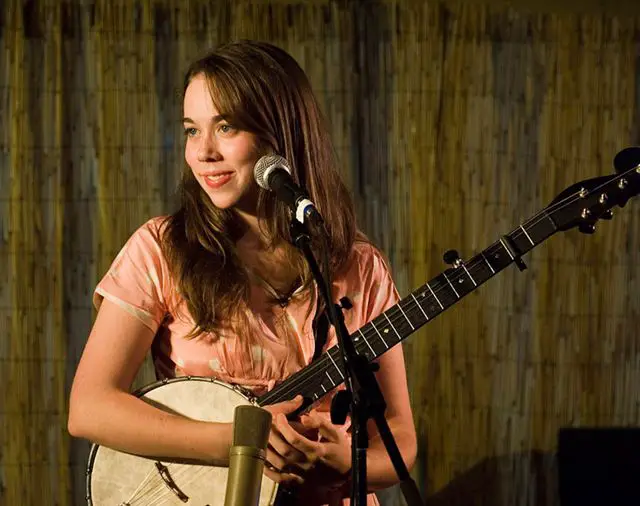
The House family does not yet rank up there with the greatest of musical families, such as the Bach family, the Von Trapp's, or the Carter family, but God has blessed my wife and children with a great amount of musical talent. And He has blessed me with a great amount of love for music of all kinds and a determination to musically inundate all my children.
My wife, Stephanie, has had an extraordinary year of musical work and success. For the past year or two, she has been taking music classes from Texarkana Community College. She already had a music minor (and elementary education major), but she wants to advance her musical training and knowledge. Along with her college course work, she has been teaching the Veritas Academy secondary school choir. The Veritas Academy Singers (VAS), as we call them, consists of ALL our secondary students. (You don't just teach reading to skilled readers, after all.) She also has taught several classes of recorders for the elementary students. And she has been performing in the Texarkana Regionale Chorale (TRC), under the direction of Marc-Andre Bougie.
This past year, she has sung with the TRC on several occasions, including a concert of African-American music for black history month and Carmina Burana. Her school choir, the VAS, performed a Christmas concert for the school and at the First Presbyterian Advent series. Then they performed for the Lenten services of First Methodist Church, Texarkana, Arkansas. At the end of the year, they presented a delightful program called "Hooray for Hollywood." (Leading to an epidemic of musicals being watched, along with constant refrains of "Somewhere, Over the Rainbow" and other songs from musical classics.)
This Friday, Stephanie leaves to go to New York to perform at Carnegie Hall. She will be singing with other members of the TRC. This will be her second occasion to sing at Carnegie Hall. Three years ago, she came home from practice one night and said, "The choir will be going to Carnegie Hall to perform...but I know I can't go...."
I responded, "YES, you have to go. It's Carnegie Hall! Flatt and Scruggs performed there! It's almost as great as performing at the Opry!"
I remember the day of that year when I was driving home from work and thinking of the fact that my wife was at Carnegie Hall singing. I don't know how I managed to keep the car on the road as I was dazed with wonder at realizing where she was. (By the way, that same trip included another concert given in Canada, so Stephanie is an international singing star.)
Once again the opportunity came up for her to go to New York. Economic constraints, to put it nicely, prohibited us from her going this year....until a college student dropped out and the door opened for her to go for $500 (flight and rooms, with a few other perks). God answered her prayer, so she is off at the end of the week on another singing venture.
As I said earlier, the legendary Bluegrass stars, Lester Flatt and Earl Scruggs, along with all the Foggy Mountain Boys performed at Carnegie Hall back in 1962. Years ago, I borrowed my brother-in-law's record album of that performance. I later recorded a cassette tape off the record (copyright lawyers, take note: In those days there was no way to find the record or a cassette around here). In recent years, I noticed that the Flatt and Scruggs at Carnegie concert had been reissued in its entirety on compact disk. (A hint to all fans of BH: I would really like to have that CD. See picture below.)

The Flatt and Scruggs concert and record/cassette tape/CD is an outstanding piece of work. It is a live performance, so it includes the cheers and screams of a New York audience in 1962 (a little over a year prior to the Beatles' arrival)hearing some of the finest Bluegrass music, which was just beginning to break into new audiences with the folk music revival. And the recording includes Lester Flatt's wonderful commentary on the songs. "Back home, a band might just be a fiddle and a banger picker...."
The high point of the recording comes from the crowd on the earlier songs. As they cheered at the end of each song, you could hear folks yelling out, "Martha White...Martha White." Finally, Lester says, "I keep hearing some of you callin' for 'Martha White.' I didn't know y'all had heard of that up here. Martha White is a sponsor of ours back in Nashville. I don't know if we can remember all the song or not; we've only been doin' it for about ten year." (And Lester in that Southern idiom, said "year," not "years.") Then the fiddle broke loose and the chorus jumped in,
"Oh you bake right,
with Martha White,
goodness gracious, sakes alive, it's Martha White,
for the finest cornbread, cakes, and pies,
it's Martha White self-risin' flour,
one all purpose flour,
it's Martha White self-risin' flour,
it's got Hot Rize."
Along with the collection of bluegrass, folk, gospel, and country songs that Flatt and Scruggs picked up from their former boss, Bill Monroe, they included some of their own work. Of course, their music always featured the distinctive three finger style banjo picking of Earl Scruggs, along with the dobro (or 'hound dog')playing of Josh Graves. Flatt's mild and distinctive voice worked well with the harmonies of the group. I cannot remember who played fiddle for their band, but I always get cold chills when I hear him playing a dance number where he thumped the body of the fiddle while playing the strings. It added a percussive sound to the jig, which is already explosive from the fiddle and banjo combination. All in all, a great performance.
But back to Stephanie: I am so excited about her getting to sing again at Carnegie Hall. And I hope she enjoys seeing "South Pacific" on Broadway and seeing the art museum. (Alas, she probably won't go to the Strand Book Store, which is the only thing I would care to see in New York.) I wish I could be there for her performance, but it is good for her that I will not be there. I would have to yell out at the end of each song, "Martha White...Martha White."

A legendary performance in music history.


















